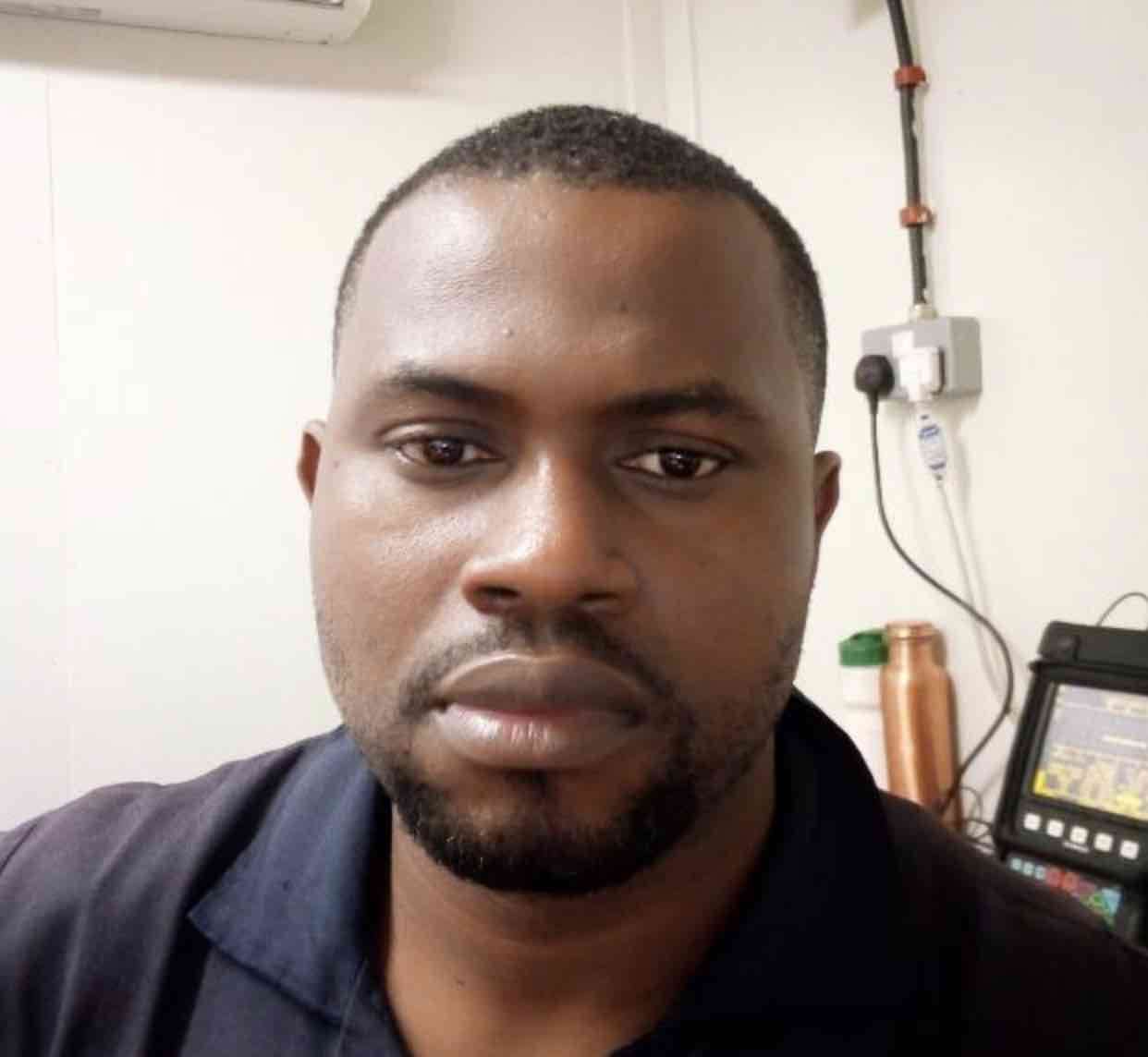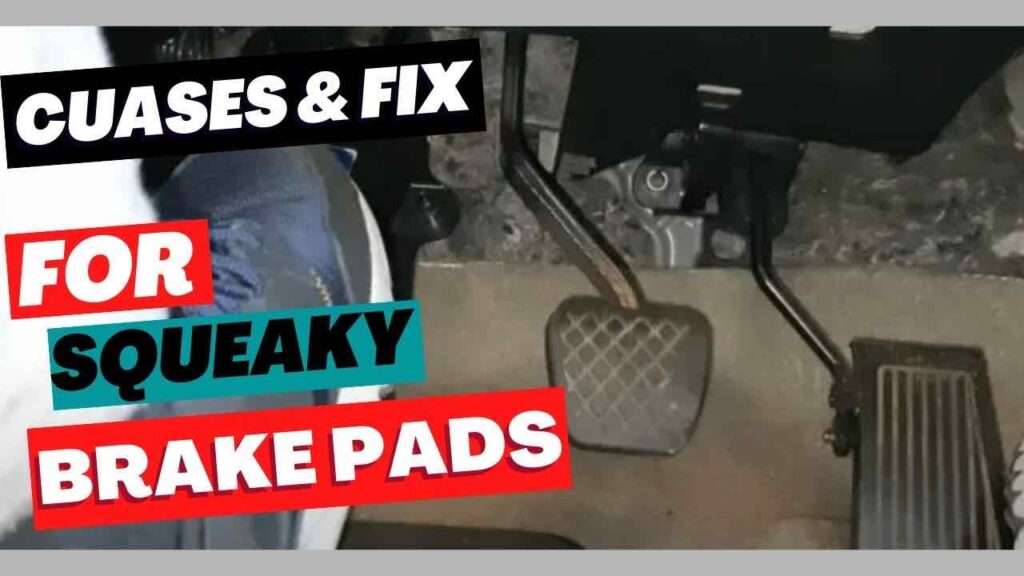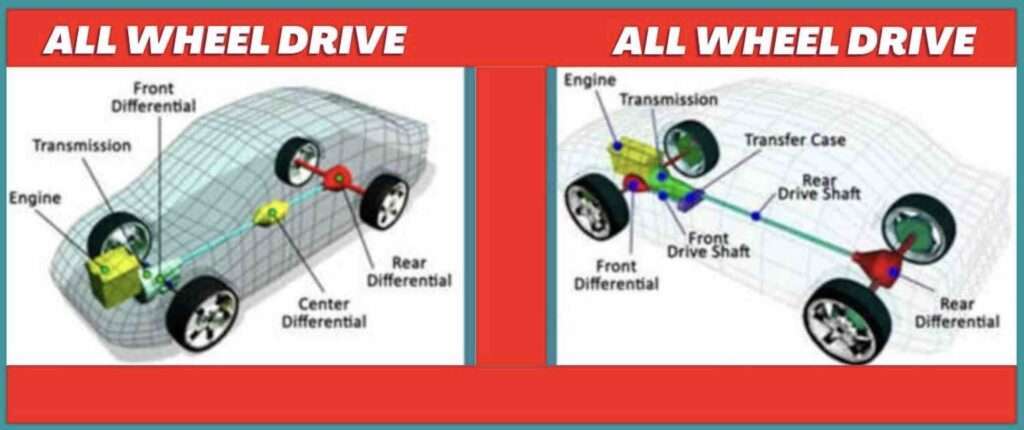Last updated on December 11th, 2022 at 09:03 pm
Honda’s adaptive cruise control is a driver-assist feature that can help make highway driving less stressful. The system uses sensors to detect the presence of other vehicles and automatically adjusts your speed to maintain a safe following distance. In this post, I will explain the causes of Honda’s adaptive cruise control problems.
One of the benefits of adaptive cruise control is that it can help take some of the stress out of driving in heavy traffic. It can also be helpful on long road trips, reducing driver fatigue by allowing them to relax their foot off the accelerator pedal and let the car do more of the work.
Adaptive cruise control is not a replacement for paying attention while behind the wheel; you should always be prepared to take over manual control at any time, especially if traffic conditions change or you need to make an evasive maneuver.
A common issue with the Honda’s adaptive cruise control is, that the system can be overly sensitive, causing it to brake too hard or slow down too much when another vehicle gets close.
This can be a problem in stop-and-go traffic, where drivers may constantly have to adjust their speed.
Another complaint is that the system doesn’t always work smoothly with other Honda safety features like lane-keeping assist, leading to a jerky ride as the car tries to keep itself centered in its lane.
How do I fix Honda Adaptive Cruise Control?
Causes of Honda adaptive cruise control problems
1. A wrongly installed part.
Incorrectly installed components can lead to poor performance from your adaptive cruise control system because it will not be able to accurately read road conditions and adjust accordingly.
2. Faulty wiring harnesses
Faulty wiring harnesses may also lead to inaccurate readings from various sensors, resulting in unexpected braking or acceleration when driving at speed on highways or other roads where sudden speed changes would be dangerous for you and other drivers around you.
2. blown fuse
A blown fuse can interrupt power flow to components like sensors and actuators that are necessary for the proper functioning of Honda’s advanced driver assistance systems (ADAS).
Moreover, suppose any part of your vehicle’s computer system has been set incorrectly. In that case, it could altogether prevent the correct operation of your adaptive cruise control feature, leading you into an unsafe situation while driving at high speeds without proper assistance from this safety feature enabled by Honda vehicles today.
How do I fix Honda Adaptive Cruise Control?
There are a few things that you can do to fix your Honda’s adaptive cruise control.
- The first step is ensuring the radar sensor is clean and unobstructed.
- If any dirt or debris is blocking the sensor, the system will not function properly. You can clean the radar sensor with a soft cloth and some distilled water.
- If your Honda’s adaptive cruise control still isn’t working after cleaning the radar sensor, then you may need to adjust the sensitivity settings.
- These settings can be adjusted by going into the menu system on your vehicle’s infotainment display.
- Once you’re in the menu system, look for an option labeled “Adaptive Cruise Control.” From here, you should be able to adjust the system’s sensitivity to suit your needs better.
- If adjusting the sensitivity settings doesn’t fix your problem, then there may be an issue with one of the sensors or other components of the adaptive cruise control system itself.
- In this circumstance, it would be best to take your vehicle to a mechanic for a proper diagnosis.
What causes the adaptive cruise control to stop working?
Certain issues can cause the adaptive cruise control to stop working. The most common cause of adaptive cruise control not functioning properly is an issue with its sensors or radar technology.
These sensors are responsible for detecting other vehicles around your car and adjusting your speed accordingly; if they become blocked by dirt buildup or debris, then they won’t be able to detect other cars correctly and will fail to work properly as a result.
Also, these systems rely on electrical components like wiring harnesses, which may become corroded over time due to a lack of maintenance; this corrosion could lead to them failing, resulting in the system not working at ally
Finally, another potential cause for adaptive cruise control failure could simply be user error: if you don’t set up the system correctly when first installing it into your vehicle, then it might cease functioning after some time. You must follow all instructions carefully when setting up new features to ensure optimal performance.
How do I fix my Honda Sensing?
If your Honda Sensing isn’t working properly, there are a few things you can try to fix it.
- The first step is to try resetting the system by turning off all power sources (ignition switch included) and then waiting at least 10 minutes before starting again.
- This will allow any stored data within Honda Sensing’s memory banks to clear itself out so that the system may start anew without any interference from old data points.
- If this does not work, inspect all wiring connections between sensors as well as their general condition, making sure they are free of dirt accumulation that could interfere with the proper functioning of these components; if anything appears to be wrong here, they may need to be replaced.
Why is my adaptive cruise temporarily unavailable?
One reason why adaptive cruise might not be available is if your vehicle’s sensors are blocked or obstructed by dirt, dust, snow, ice, or other debris.
If this happens, then your car won’t be able to detect what’s ahead of you accurately enough for the system to work properly; therefore, it will shut off automatically for safety reasons until you clean up any obstructions around the sensors so they can operate correctly again.
Another cause could come down to technical issues with either your vehicle itself or its software or firmware updates being out-of-date, which would prevent adaptive cruise from functioning as intended until everything gets sorted out accordingly by a qualified technician at an authorized service center near you.
In addition, some vehicles may also require specific maintenance tasks, such as wheel alignment checks, before they can enable their Adaptive Cruise Control feature once again.
Conclusion
If your vehicle’s adaptive cruise control isn’t working properly, it must be taken to a qualified technician for diagnosis and repair. Trying to fix the problem yourself could result in further damage or even injury if you’re unfamiliar with how the system works. Once repaired, however, adaptive cruise control can provide many safe and comfortable driving miles.

Uchenna is a Radiographer and Auto parts mechanic who recently got his automotive diploma as an auto repair technician, and since then, has worked on fixing various car problems.
Working as just a radiographer, Uchenna didn’t just get all the fulfillment he desired, because he truly loved doing things tilted toward cars. As a kid, he would take apart his toy cars to see how they worked and would spend hours tinkering with his bike.
So, in 2017 he made the tough decision to become an auto mechanic. He threw himself into his studies and now loves every aspect of what he does.
He gets to work with his hands, solving problems and bringing cars back to life, and sharing his knowledge and easy quick-fix guide online are all part of what makes him feel fulfilled.



